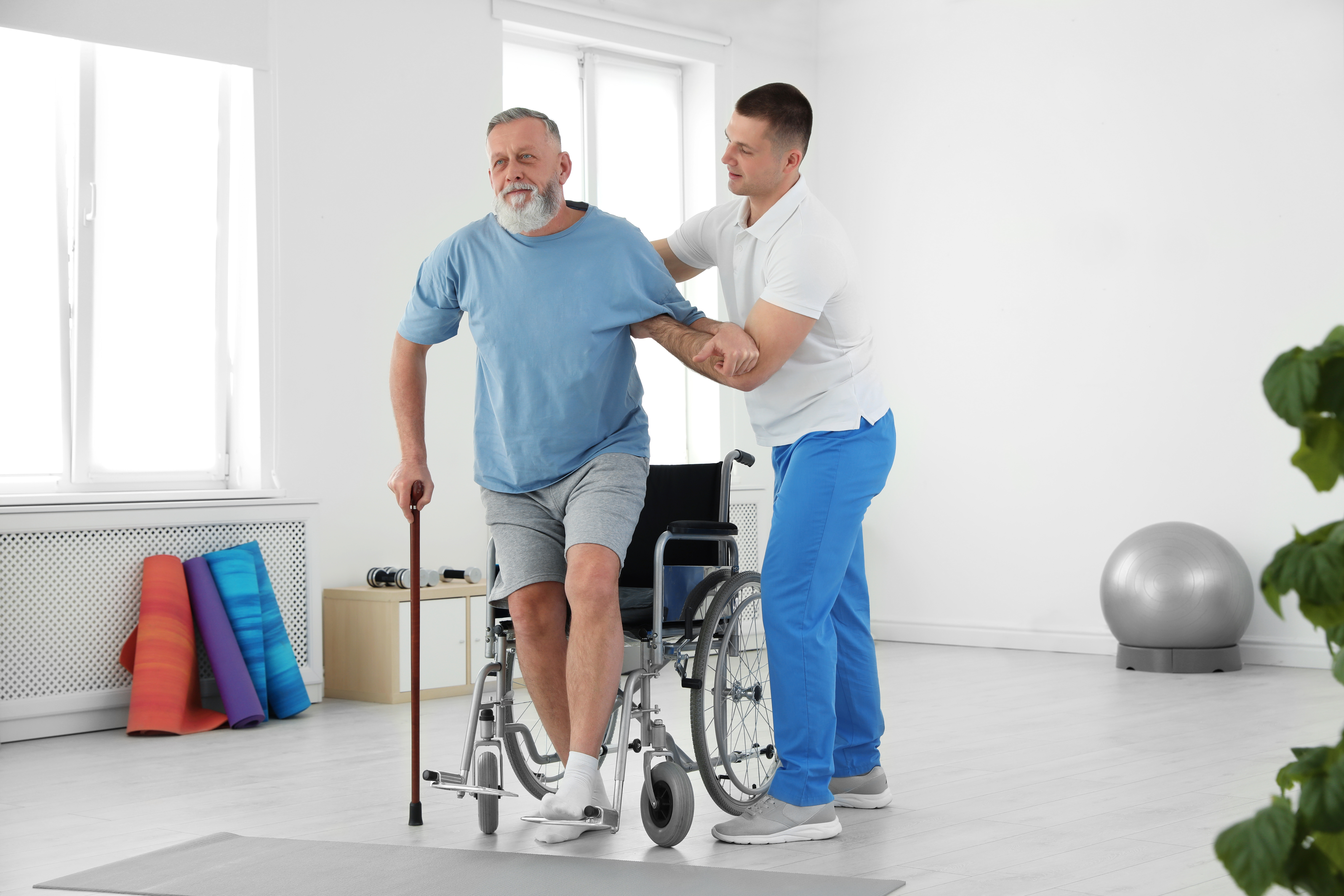With VSTAlert’s new senior living functionality, VirtuSense has created fall prevention that extends to all stages of senior care. By blending the long-term effects of VSTBalance and the immediate protection of VSTAlert, residents can stay at the lowest level of care longer, have confidence in their independence, and have the best protection possible, without requiring increased staffing.
Creating a Safe Environment
When older adults join a senior living community, they desire safety and community. Even if a resident hasn’t experienced any major health concerns or falls, the knowledge that there is help nearby should a fall happen is a huge reassurance. Senior living communities that use VSTBalance and VSTAlert offer their residents not just a feeling of safety, but confirmation that their well-being is actively being looked after at all stages.
When a new resident joins a community with VSTBalance, a 2-minute assessment immediately provides a baseline for their fall risk. With this data, even residents who are low risk can work to maintain their health, instead of letting small weaknesses grow. Senior living communities that use VSTBalance often also have community wellness programs that help residents at all levels of risk build their strength alongside their peers—creating a community of health.
Flexibility for Health Stages
With both the VSTBalance and VSTAlert solutions, senior living communities can consider each resident’s needs individually, without requiring increased staffing. Many organizations have processes to accommodate residents as they move from independent living to assisted living and eventually skilled nursing, but each person’s health journey is unique. AI-powered fall prevention provides better monitoring and care without limiting residents in their daily lives.
For instance, say a new resident moves into a community with VSTBalance and VSTAlert. She is in good health and can live independently, but her first VSTBalance assessment shows a slight weakness in her balance placing her in a medium-risk category. Already she is better able to take charge of her health by doing exercises and physical therapy to increase her strength and, if her community offers group wellness classes, a great way to meet her neighbors.
Six months later, this resident is prescribed a new morning medication by her doctor that includes dizziness as a side effect. The VSTAlert sensor in her room can be set for fall prevention alerts in the morning when she has the highest risk of falling. In another six months, she has knee surgery and needs to be extra careful of falls while she recovers. With VSTAlert, monitoring in her room can be adjusted as she heals, and VSTBalance can check her recovery progress.
The Difference With AI
Through all these health changes, our resident may have needed a little more help during certain periods, but never needed to move to a higher level of care long term. She didn’t even need to move to a different wing or room for more comprehensive monitoring. Having consistent data about her own balance allowed her to take ownership of her health, and AI-powered alerting ensured that a staff member was there for her when needed, instead of limiting her freedom and routine. This is how AI fall prevention can change senior living to be safer, more community-focused, and more efficient for care staff. AI fall prevention breaks down the rigid structure usually needed to prevent falls, and lets older adults live comfortably through every stage of aging.
Request a Demo of VSTBalance and VSTAlert today.


